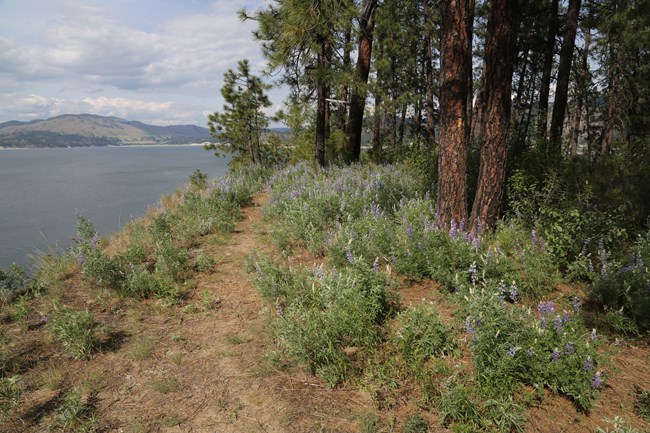
NPS Photo Lake Roosevelt National Recreation Area is a land of contrasts. Cold, snowy winters are matched by hot, arid summers. The bright colors of spring are hard to imagine during the thick autumn fog. The landscape, too, varies dramatically between north and south due to differences in geology and climate. The mountains in the north support dense pine forests thanks to higher rainfall. The flat plateaus to the south receive little moisture, and a hardy sagebrush-steppe ecosystem thrives on the dry, sandy soils. 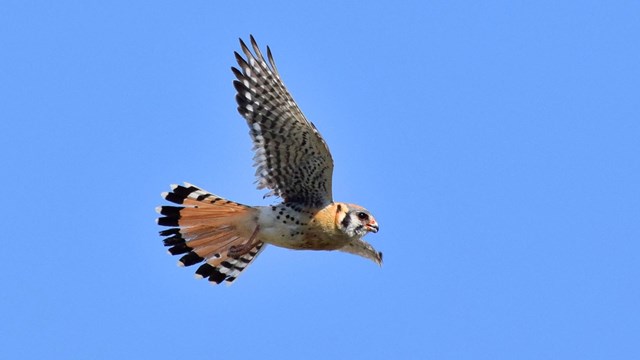
Animals
Lake Roosevelt has a little bit of everything: land dwellers, swimmers, and sky high flyers. 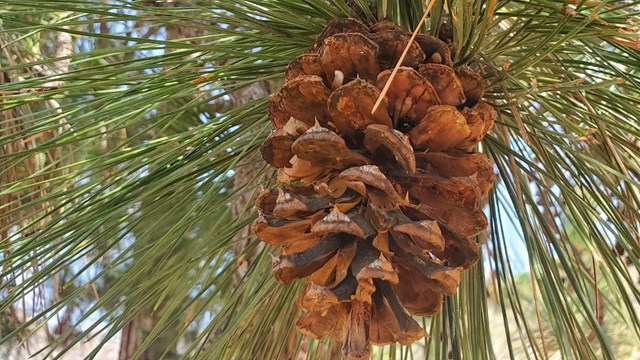
Plants
Plant diversity extends from the channeled scablands of the south to the ponderosa pine forests of the north. 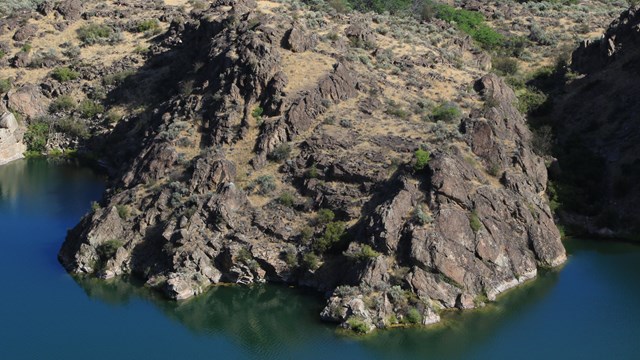
Geology
Granite, basalt, and large coulees make the complex puzzle that is Lake Roosevelt. 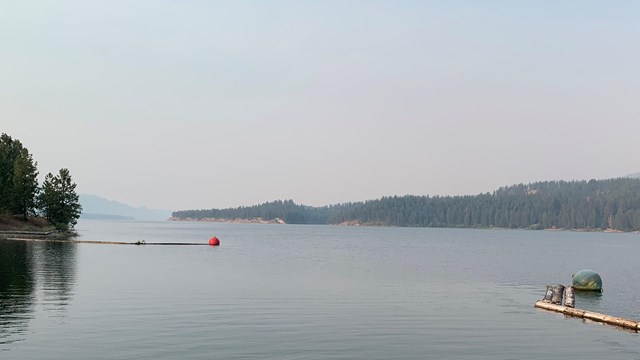
Air Quality Information
Wildfires and fog can impact visibility, but can also lead to impacts on health. 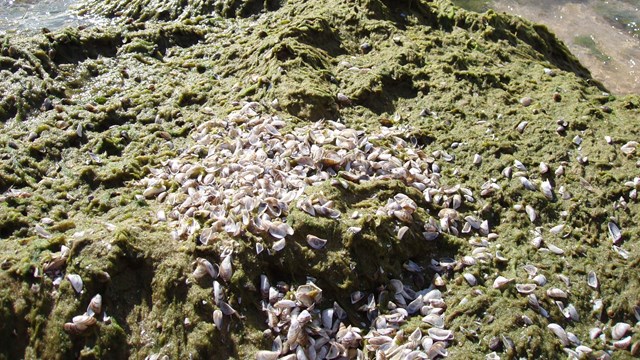
Aquatic Invasive Species
Learn about AIS and fill out the self-certification form. 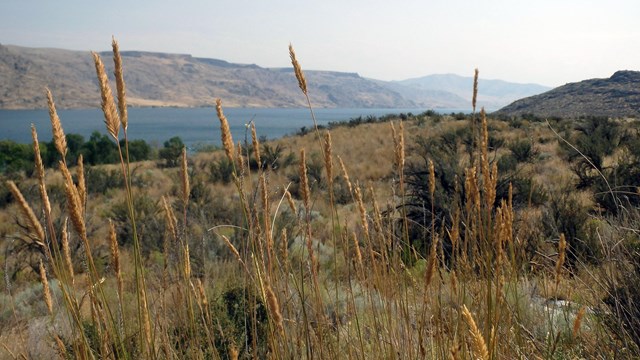
Channeled Scablands
This shrub-steppe ecosystem is filled with large shrubs, broadleaf wildflowers, and a large diversity of grass species. 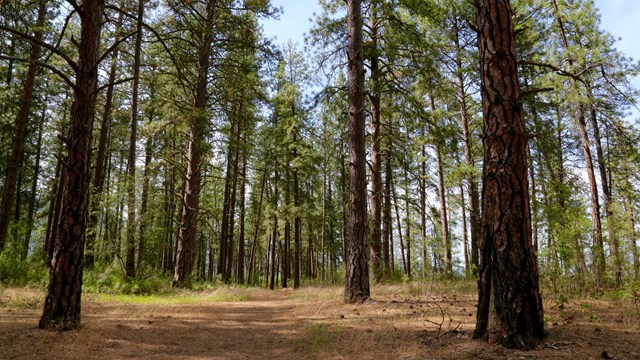
Okanogan Highlands
An extension of the Rocky Mountains, this ecosystem has a more mountainous climate and is dense with conifers. |
Last updated: September 12, 2023
